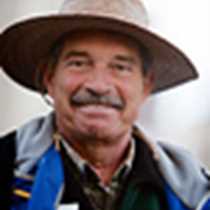Normandy
Sixty-seven years have gone by since the Allies began their push into mainland Europe against the Germans. The French have not forgotten the effort in lives and material that the Allies put into that day, D-Day. Normandy was a beehive of seven thousand ships unloading soldiers and war material unto the beaches. Many men left their lives there and are interred in different cemeteries in the area. The most touching is the American cemetery.
We began our morning visits to an important point called the Pegassus Bridge, taken by the English at the beginning of the invasion and then to the town of Arromanches via Gold Beach. Here we had a good view of the artificial port created by the Allies to disembark all that material needed for the advance of the troops into France. A small museum of the situation of this part of France in June 1944 illustrated us further. From there we visited the American cemetery and had a good view of the beaches of Omaha and Utah, where the American forces landed. Further ahead we stopped at a wonderful mansion called La Cheneviere, where we had a wonderful lunch and a short stroll along the marvelous gardens, which are almost a botanical garden. The weather favoured us as we saw a wonderful old Ginkgo tree, brought in from northern Manchuria by Pere David at the beginning of last century!
Our next stop was Colleville sur Mer, and later to Pointe du Hoc. The most interesting point was the town of Ste. Mere Eglise, where we saw a dummy American soldier hanging from his parachute from the steep gables of the church! Shortly after, we began our return to the ship, which was now in Cherbourg, awaiting us!




